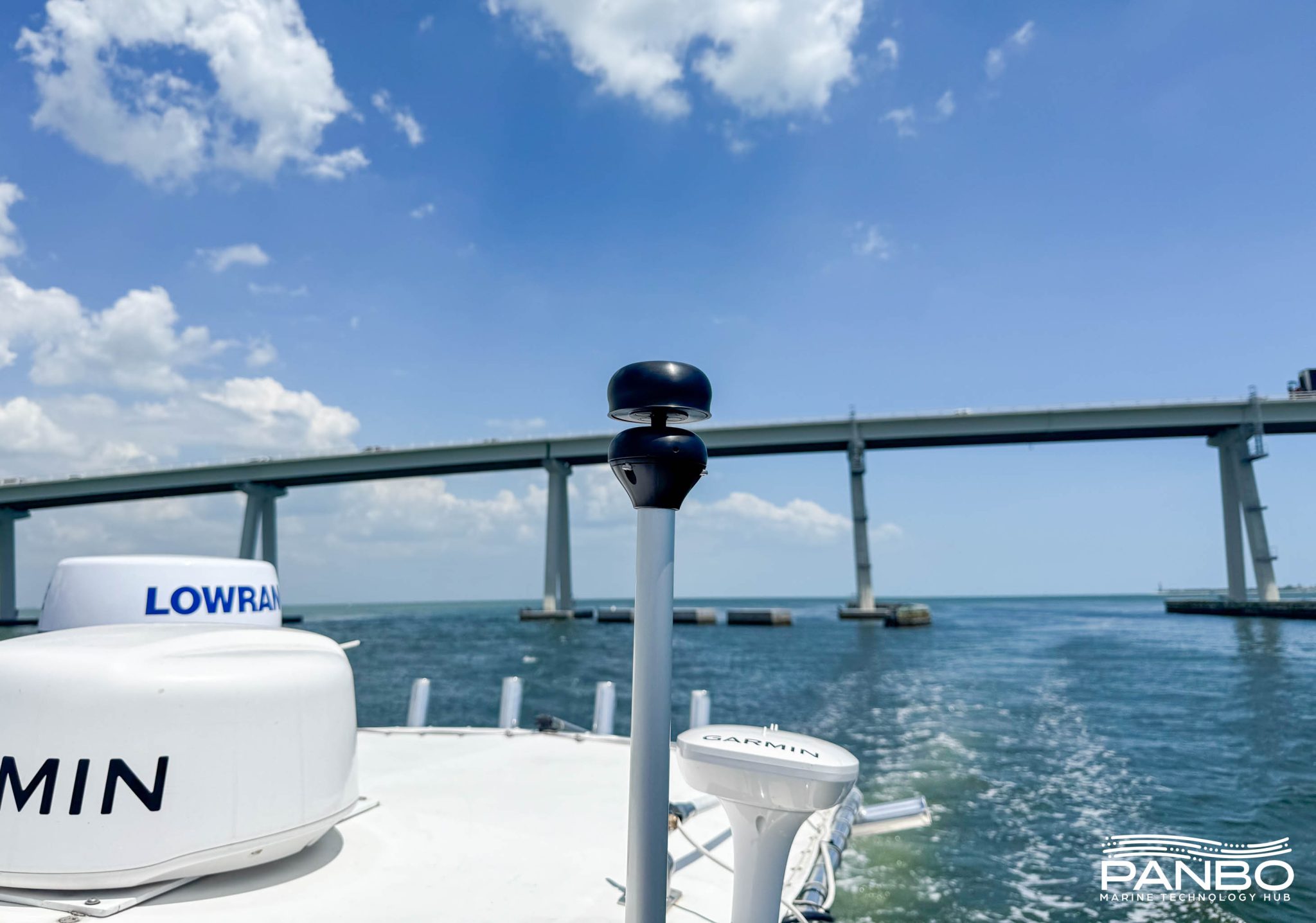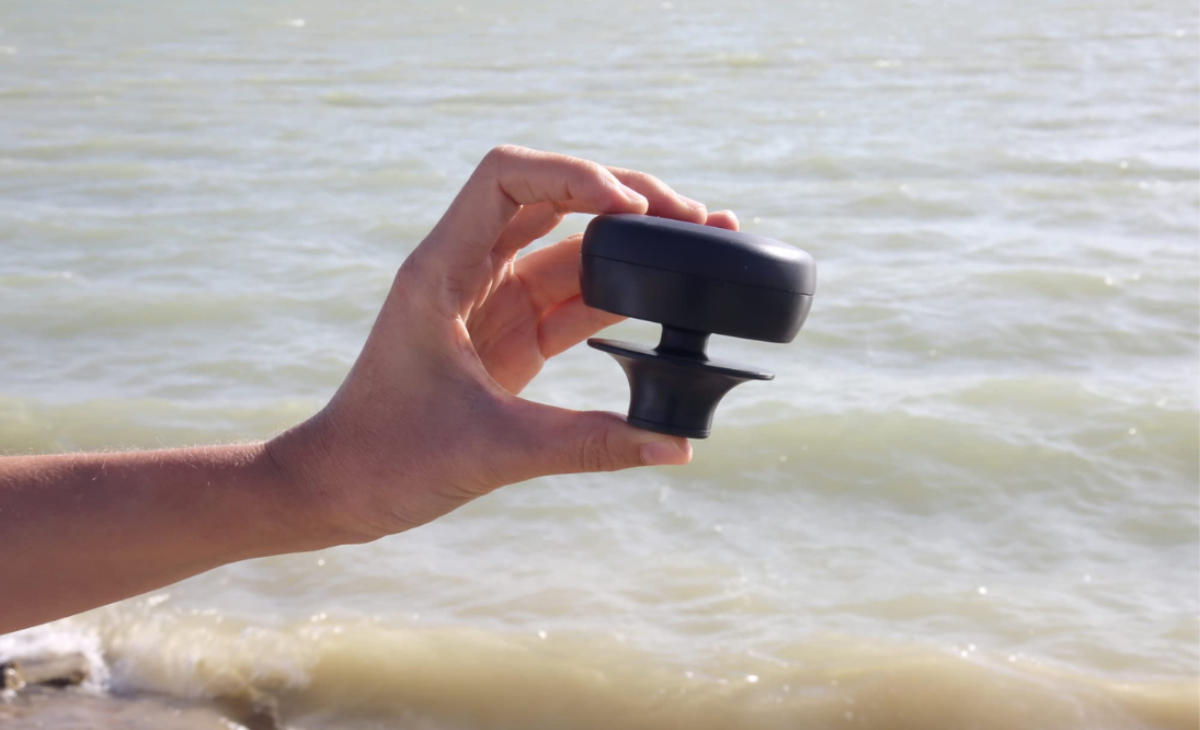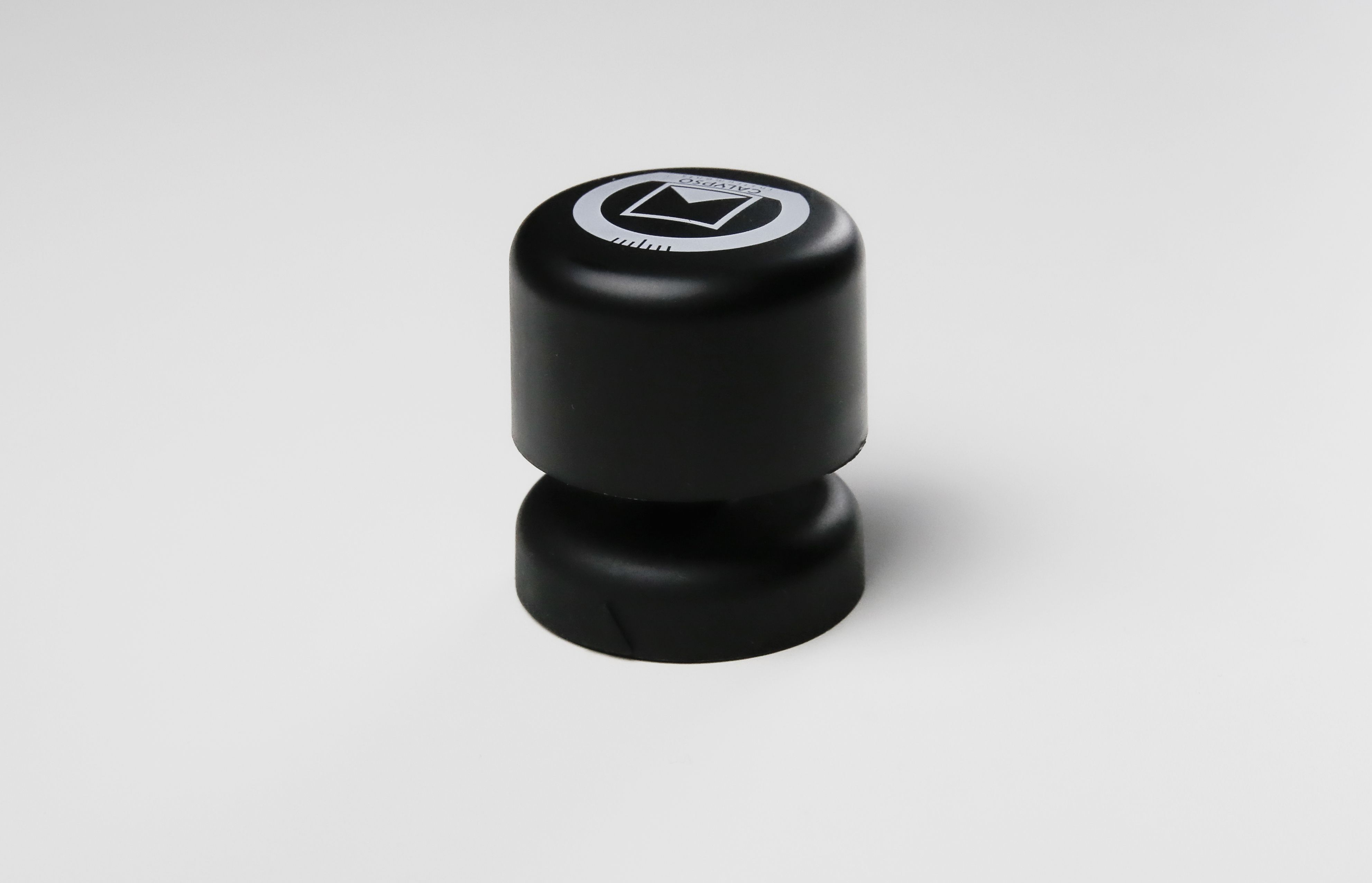Capturing precise wind speed and direction isn't just a technical necessity—it's a game-changer for various activities.
For sailors, understanding wind speed and direction can mean knowing when to reef—reducing sail area to maintain control.
The process, called reefing, usually begins at a certain wind speed with the first reef, progressing to the third reef, which is the maximum typically used.
In this post, we’ll explore the importance of wind measurement accuracy, how it applies to real-life scenarios, and the advanced technology behind our ultrasonic anemometers.
Understanding Accuracy in Wind Measurement
Accuracy in wind measurement refers to how closely the measured value matches the actual wind speed and direction.
This is critical, especially on a boat, where poor data can lead to mistakes in sail adjustment and navigation.
For example, if an anemometer indicates an accuracy of ±0.3 m/s at 10 m/s, the actual wind speed may be up to 0.3 meters per second higher or lower than what’s displayed.
This accuracy is determined in controlled environments like wind tunnels, where a stable 10 m/s horizontal wind is measured.
However, a boat in motion offers a very different environment—constant changes in the heel (inclination) and pitch mean that the anemometer, especially one mounted on the top of the mast, is rarely perfectly horizontal.

How Ultrasonic Anemometers Achieve Accuracy
Ultrasonic anemometers determine wind speed and direction by measuring the time it takes for sound waves to travel between sensors.
Therefore, because of a lack of moving parts, ultrasonic anemometers can handle the boat's movements more effectively.
In addition, advanced models feature environmental compensation for variables such as temperature and humidity, improving the accuracy of wind measurements even in challenging marine conditions.
The accuracy of these measurements depends on several primary factors:
Sensor Quality: High-quality sensors can detect even minute changes in wind speed and direction, ensuring accurate readings.
Calibration: Regular calibration against known standards helps maintain accurate measurements over time.
Environmental Compensation: Advanced anemometers adjust for factors such as temperature, humidity, and air pressure, which can affect readings.
Introducing Calypso Instruments' Ultrasonic Portable Wind Meters
At Calypso Instruments, we prioritize precise wind measurements.
Our ultrasonic anemometers undergo strict quality control, including wind tunnel testing, to ensure they meet high standards.
We maintain traceability of all test results, ensuring consistent quality.
Ultrasonic Portable Mini Wind Meter:
Wind Speed Range: 1-25 m/s (2.24 - 56 mph)
Accuracy: ±0.3 m/s at 10 m/s (±0.67 mph at 22.40 mph)
Wind Direction Range: 0-359º
Accuracy: ±1º
Ultrasonic Portable Solar Wind Meter:
Wind Speed Range: 1-25 m/s (2.24 - 56 mph)
Accuracy: ±0.1 m/s at 10 m/s (±0.22 mph at 22.40 mph)
Wind Direction Range: 0-359º
Accuracy: ±1º

SHOP HERE
Why Choose Calypso Instruments?
Our anemometers are not only accurate but also designed for convenience and durability. With no moving parts, thanks to ultrasonic technology, they require minimal maintenance.
Additionally, our devices feature Bluetooth connectivity, allowing users to easily monitor real-time wind data, including both apparent and real wind speed and direction, through the free Anemotracker app available on iOS and Android.
For more information about our products and their applications, please visit our website or explore our collection of informative blog posts.
